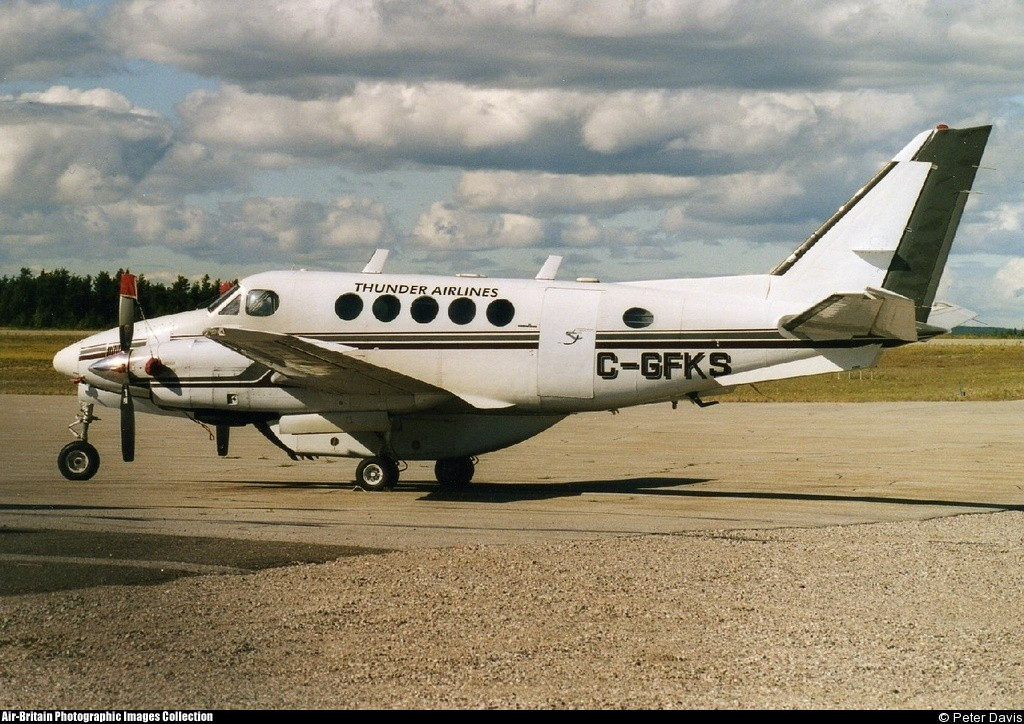Crash of a Beechcraft A100 King Air in Terrace Bay
Date & Time:
Jan 1, 2004
Registration:
C-GFKS
Survivors:
Yes
Schedule:
Terrace Bay – Thunder Bay
MSN:
B-247
YOM:
1979
Crew on board:
2
Crew fatalities:
Pax on board:
0
Pax fatalities:
Other fatalities:
Total fatalities:
0
Circumstances:
On take off roll on runway 25 at dusk, left wing struck a snowbank on left side of the runway. Aircraft veered off runway and came to rest in snow with its nose gear sheared off and several damages to the fuselage. Both pilots were uninjured.
Probable cause:
A NOTAM stated that there were windrows four feet high, 10 feet inside the runway lights on both sides of the runway. This NOTAM also stated that the cleared portion of the runway was covered with ¼ inch of loose snow over 60 percent compacted snow and 40 percent ice patches and that braking action was fair to poor. The take-off was being conducted at dusk in conditions of poor lighting and contrast. Crosswind was not a factor.


